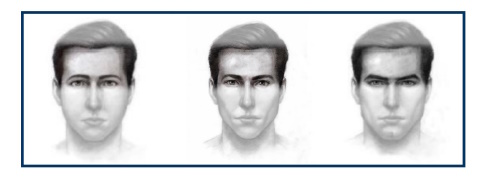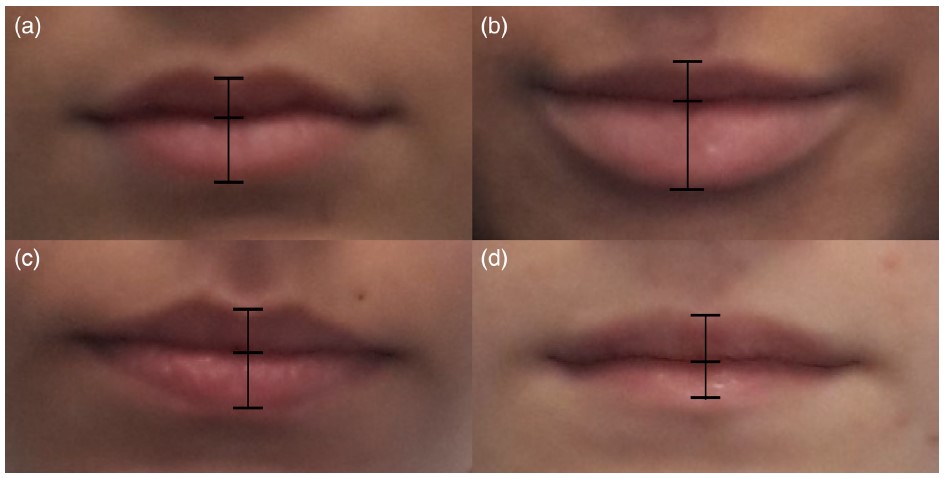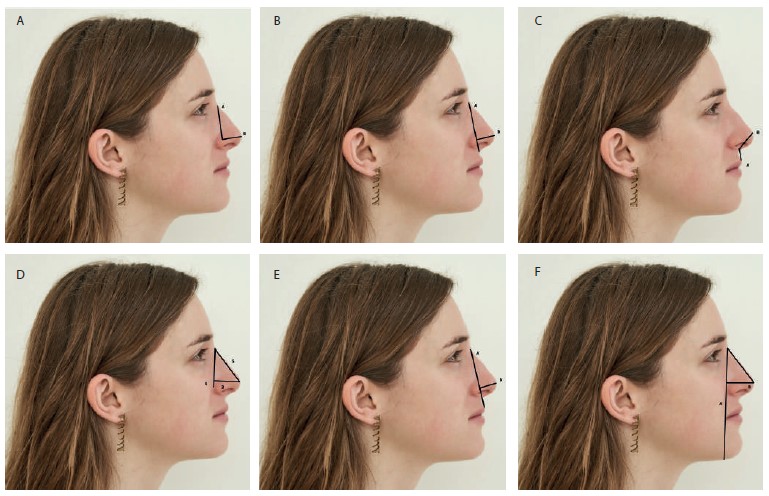The lower face plays a central role in facial aesthetics and structural harmony. Among its components, a critical and distinct features define the appearance and function of the jaw area is Jaw Shape. Jaw Shape Definition Jaw shape refers to the overall geometric form of the mandible as viewed from the front, focusing specifically on […]
Category: Golden Proportion

Facial analysis plays a central role in fields such as plastic surgery, orthodontics, forensic science, aesthetic assessment, and computer vision. Two primary approaches dominate this landscape — Anthropometric Facial Analysis and Morphological Facial Analysis. Though they aim to interpret facial features, they differ significantly in their methodology, accuracy, and application. Anthropometric Facial AnalysisAnthropometric analysis is […]

Summary: Overall, the most attractive male eyebrows are characterized by straight, thick, dense, and naturally bushy traits that highlight masculine features and maintain balance within the upper third of the face. Research: The characteristics associated with an attractive male eyebrow can be described as follows, noting that the concept of an “ideal” brow is subjective […]

Lips play a crucial role in facial aesthetics, communication, and expression. Across cultures, full, well-proportioned lips have been associated with youth, beauty, and attractiveness. Scientific studies have explored various aspects of lip shape, fullness, and ratios that contribute to their appeal. 1. The Appeal of Lip Fullness One of the most widely accepted markers of […]
Hair Length Very Short – Buzz cut or very close to the scalp (≤1 inch or 2.5 cm). Short – Hair is cropped and does not touch the ears (1–2.5 inches or 2.5–6 cm). Ear Length – Hair reaches around the ears but not beyond (2.5–4 inches or 6–10 cm). Jaw Length – Hair extends […]

A bulbous or rounded nasal tip is a key factor contributing to a less desirable nose due to a lack of definition. A more defined and projecting nasal tip is generally preferred. A bulbous or rounded nasal tip lacks definition, and it can contribute to a perception of increased width and prominence, impacting the overall […]
Nasal Features
You can observe the following nasal features on a frontal face. Nasal BridgeStraight: A symmetrical and linear bridge with no curvature.Wide: Appears broader in proportion to the face; can be evaluated by comparing the bridge’s width to the alar width.Flat: A low or less pronounced bridge that blends into the face. Alar Width (Base of […]

Facial attractiveness is often linked to specific proportions and symmetries, with eye spacing playing a crucial role. Normal-set eyes—where the distance between the eyes is approximately one eye width—are generally perceived as more attractive in females compared to wide-set or close-set eyes. This preference is rooted in the concept of the “Golden Ratio,” a mathematical […]

Summary The size of a woman’s eyes plays a significant role in her perceived attractiveness, supported by extensive research in the fields of psychology and evolutionary biology. Larger eyes are often seen as attractive because they evoke youthfulness and neotenous features, which are evolutionary signals for health and fertility. These traits trigger innate preferences shaped […]
Summary The eye canthal tilt refers to the angle formed between the inner (medial) and outer (lateral) corners of the eyes. A study by Codner et al. (2008) categorised this tilt as positive when the lateral canthus is above the medial canthus, neutral when they are at the same level, and negative when the lateral […]